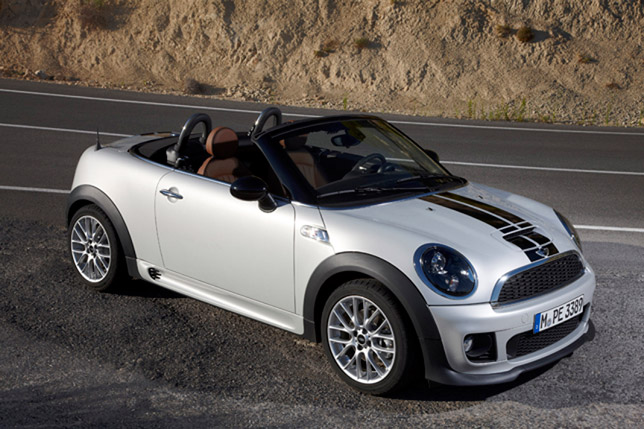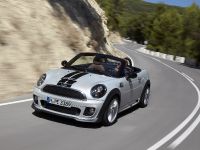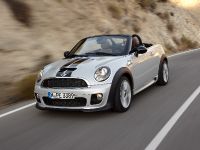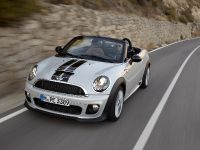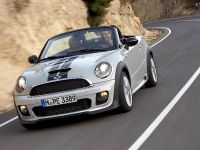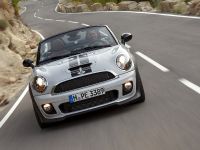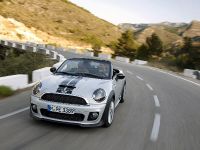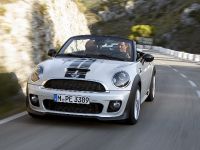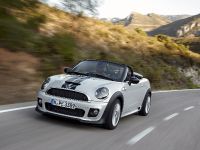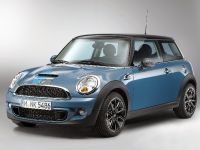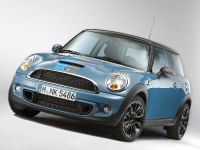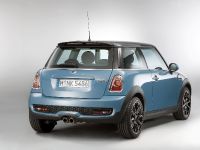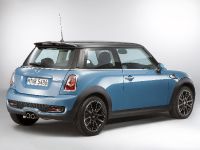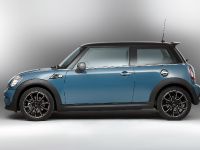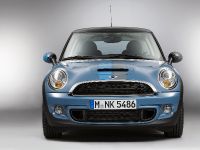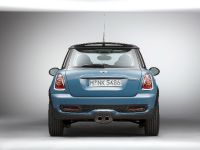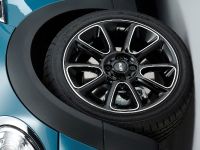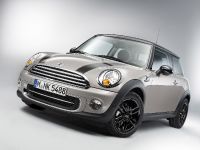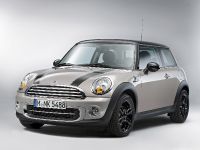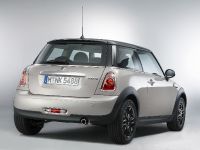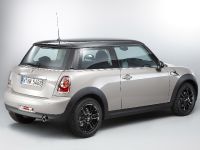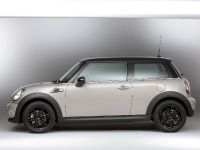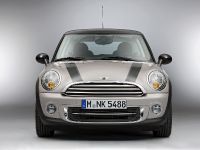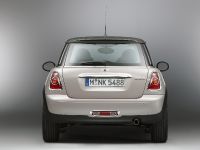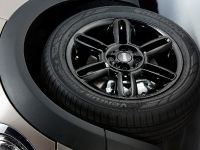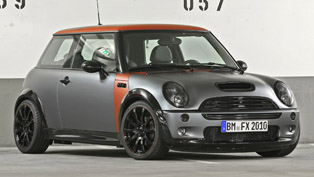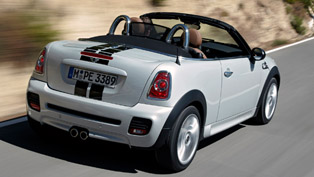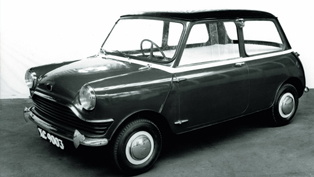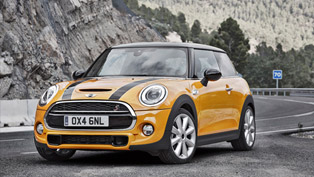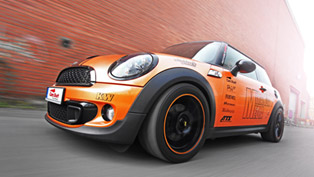History on Wheels: MINI (Part 2)
When the first ever MINI went out on the market on 26th of August, no one expected its future success. There is even no clue how many different variations were to follow the original MINI. For five years since its production, MINI made a great success Till 1964 the car underwent through different modifications and had been transformed in many versions (for example an estate version, a pick-up on or a van version). In 1961 Issigonis' friend John Cooper, who was the owner of the Cooper Car Company saw a big and special potential for the MINI. Since he was an expert in designing and building Formula One and rally cars, he was drawn immediately to MINI's racing potential. And this is how the famous MINI Cooper appeared. The first ever Austin Mini Cooper and Morris Mini Cooper made their world first appearances in 1961. The standard 848cc engine which delivered 34bhp (25 kW) was now replaced by 997cc engine putting out there the 55bhp (41 kW). In addition, the car featured a racing-tuned engine, twin SU carburetors, a closer-ratio gearbox. More importantly, it also included for the first time front disc brakes, uncommon at the time in a small car. Later in 1964, its engine was replaced by a shorter stroke 998, which delivered a top speed close to 100 mph. Then the model MINI Cooper S came about and captured many cars as being an outstanding rally car. In details, the "S" model won the Monte Carlo Rally three times. Later, in 1964, this version was equipped with new 1275cc version of the A-series engine. All other MINIs were produced with the same 998cc engine. In this year debuted the MINI Moke model, which was very simple and lightweight vehicle, and was originally intended for military applications. Also in 1964 in the production of the MINIs were featured the interconnected Hydrolastic gas/fluid suspension system.
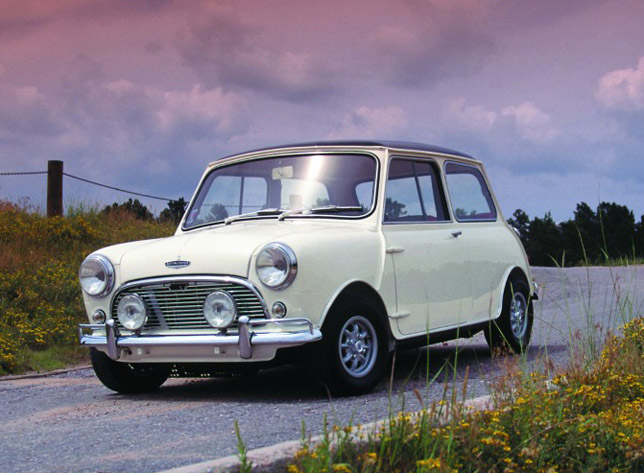
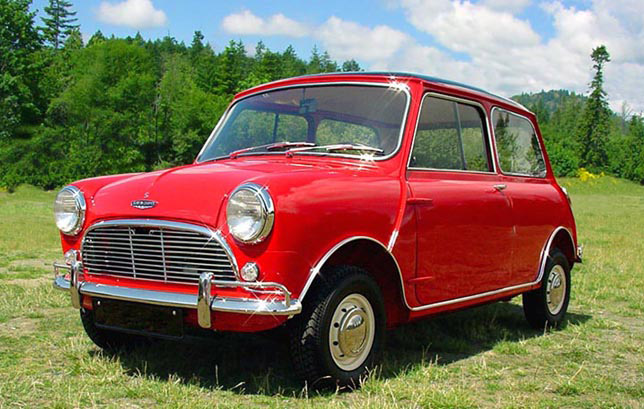
Mark II MINI was born in 1967 when it was introduced for the first time. The transformed new version featured small face lift, new radiator grilles, bigger rear windows, and other cosmetic changes. More importantly, the standard models now got the 998cc engine instead of the 848cc one. And this is when the MINI became famous for its name. The Austin and Morris names were replaced by the name MINI, which now became established as a brand in its own right. Enhancements included wind down windows replacing the original sliding door windows, and new concealed door hinges. The exterior now featured different front end design, and also was introduced for the first time the new 1275 GT model. The first million production vehicle came out of the factory in 1965 and the second million – in 1969.
In 1969 Mark III MINI appeared on the marked. It got modified bodyshell, larger doors with concealed hinges, winding windows, rubber cones suspension. Ten years later and the MINI got enormous attention and already made a world-wide success. However, it got new rivals in the face of for instance Ford Fiesta, Fiat 127, Volkswagen Polo or Peugeot 104. Mark IV MINI debuted in 1976 and had new front rubber mounted subframe with single tower bolts, the rear frame had some larger bushes, the twin stalk indicators were introduced with larger foot pedals, the rear indicator lamps had the reverse lights incorporated in them. Nonetheless, by the beginning of the 80's the Mini was beginning to fall out of favor in many export markets.1981 was the last year for the brand to be in the ten of Britain's top selling cars. Mark V MINI was born in 1984 and it now featured a 8.4-inch (210 mm) brake discs and plastic wheel arches, although it retained the same Mark IV body shell shape. The production of Mark V lasted till 1990, when the Mark VI MINI Version appeared. In it, the engine mounting points were moved forward to take 1275 cc power units. Moreover, it featured HIF carb version, plus the single point fuel injection. Its production lasted six years and in the beginning of 1996 the Mark VII MINI was launched. This was the final version of the famous car. It included twin point injection with front mounted radiator, full-width, internal bonnet release, and for the first time – an airbag on driver's side.
During the 80's the MINI received many "special editions" which made it a real fashion icon. This aspect of the car got a lot of attention from other companies, especially a particular one – BMW. The latter bought later the remnants of BMC and took control of it. BMW retained the Mini name and the planned new model. And later in 2000 the range of the MINI models consisted now of four versions: MINI Classic Seven, MINI Classic Cooper, MINI Classic Cooper Sport, MINI Knightsbridge. The new BMW MINI has technically nothing to do with the old car. However, it has the same classical transverse 4-cylinder, front-wheel-drive and the iconic appearance of the original model. The new MINI is larger than the original one: 58 cm (23 in) longer, 50 cm (20 in) wider, 7 cm (2.8 in) higher. It has a total weight of 1,144 kg (2,522 lb). In addition, it is now being classified as compact car rather than city car.
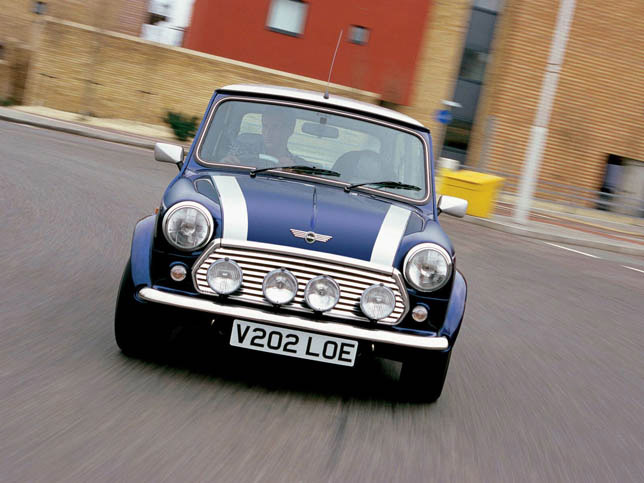
By this date there are a lot of new versions, which the BMW produces. One of them is the absolutely new 2012 MINI Roadster which is the first open-top two seater model in MINI history! In addition, the car has a 240-litre boot which offers versatility of loading options. The model variants got the whole 211 hp (157 kW, which requires just 4.5 litres of fuel per 100 km (62.77 mpg imp)! Other new models are 2012 MINI Baker Street and 2012 MINI Bayswater, which have a lot of innovative technologies featured, but also are retaining the excellent stance of the classical MINI. Both cars feature expressive design highlights and nice equipment. The MINI Baker Street embodies the youthful, fresh and innovative trend-setting style of the brand, while the MINI Bayswater focuses primarily on the sporting verve and agile handling for which MINI is renowned. And this is how the iconic vehicle continues writing the history of the automotive world.
